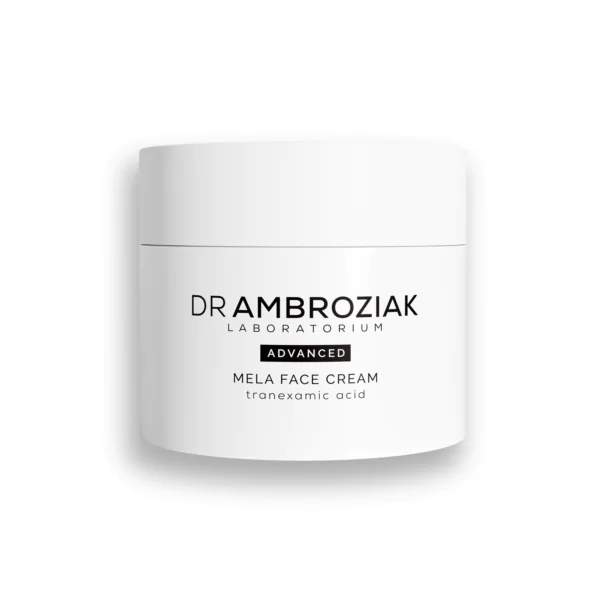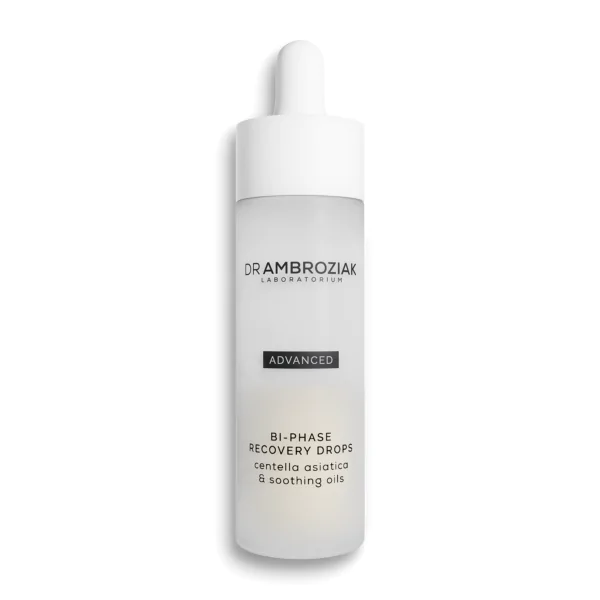Stress urinary incontinence surgery using TOT, TVT, IVS methods
Stress urinary incontinence is a very bothersome ailment manifested by involuntary leakage of urine during sneezing, coughing or other sudden increases in pressure in the abdominal cavity. Modern TOT, TVT and IVS methods used at Ambroziak Clinic effectively eliminate this problem from the patients' lives.
Procedures with application of synthetic tape – TOT and TVT – are most frequently referred to among the treatment methods of stress urinary incontinence. Both procedures are very similar to each other, with the fundamental difference lying in the situation of incisions through which ends of the tape supporting the uriniferous tubule are led to the outside. In the TVT method, the incisions are performed above the interpubic joint, whereas the TOT method involves leading the tapes out through cuts in the groins. The surgery itself involves introduction – through the vagina – of a thin, tension-free polypropylene tape, which is subsequently fixed so that it supports the uriniferous tubule well from the side of the vagina.
What do you need to know?
Location
Problem solved
How often repeat
Duration time
Book consultation!
FAQ
The stress urinary incontinence surgery is performed in local anaesthesia or in general lumbar anaesthesia, and it usually lasts approximately half an hour. It is characterised with low invasiveness and very high effectiveness: research conducted so far proves that it is higher than 90%. The risk of post-surgical complications is very insignificant – the most frequent problem reported by patients are difficulties with unassisted urination (5% patients). The implanted tape performs its function for at least ten years, and in case of weakening of the muscles and ligaments with age, the procedure may be performed again. After the surgery, patients are recommended to refrain from intensive physical effort for approximately three months.
No, the stress urinary incontinence surgery is performed under local anaesthesia.
The tape implanted during the surgery performs its function for as long as 10 years! After that period, the surgery may be repeated.
We also recommend
Find the perfect treatment for you

Treatment of haemorrhoids with Barron's method












